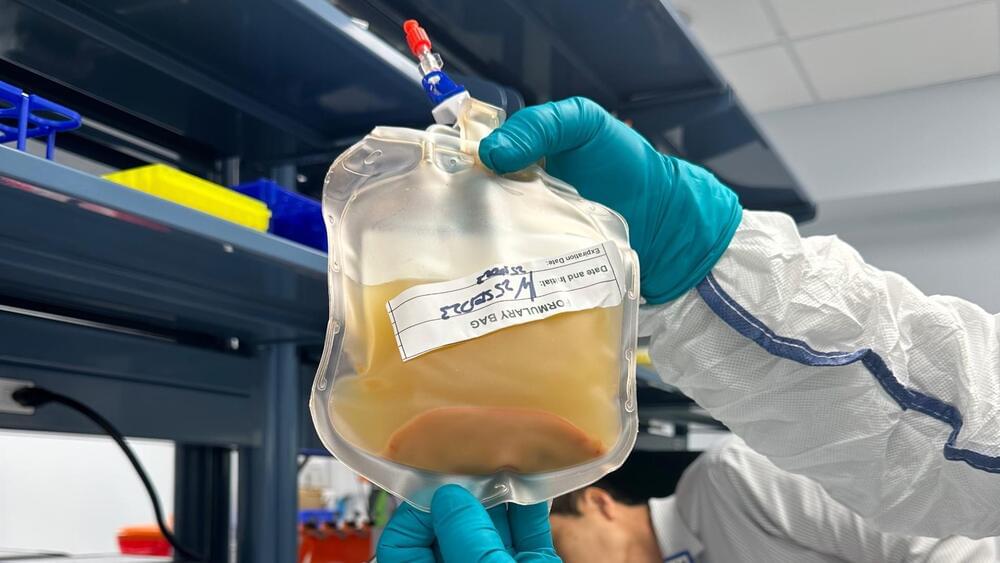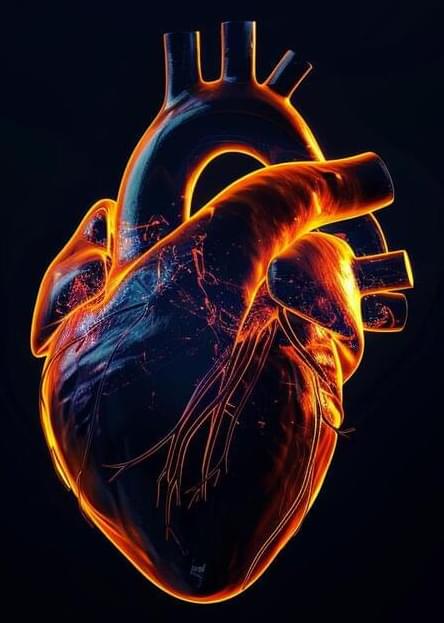DESI Survey announces the most precise measurements of our expanding #universe using the BAO signal in 6.1 Million #galaxies and #Quasars from Year 1, tracing dark energy through cosmic time.
With 5,000 tiny robots in a mountaintop telescope, researchers can look 11 billion years into the past. The light from far-flung objects in space is just now reaching the Dark Energy Spectroscopic Instrument (DESI), enabling us to map our cosmos as it was in its youth and trace its growth to what we see today. Understanding how our universe has evolved is tied to how it ends, and to one of the biggest mysteries in physics: dark energy, the unknown ingredient causing our universe to expand faster and faster.
To study dark energy’s effects over the past 11 billion years, DESI has created the largest 3D map of our cosmos ever constructed, with the most precise measurements to date. This is the first time scientists have measured the expansion history of the young universe with a precision better than 1%, giving us our best view yet of how the universe evolved.






